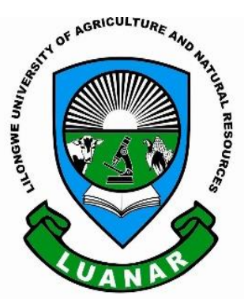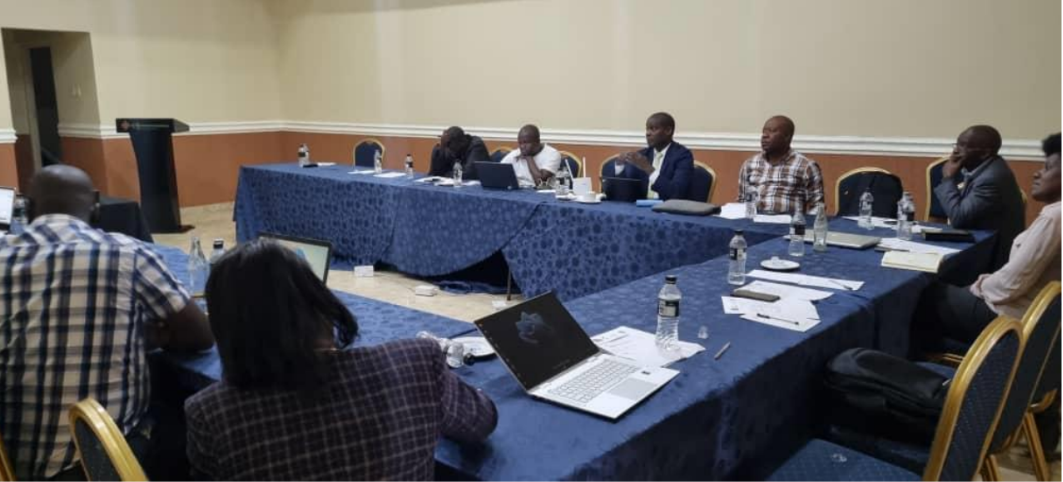Malawi Project
Timeframe
October 2021 to May 2025
Context
Malawi is vulnerable to floods, droughts and strong winds associated with tropical cyclones.
This is exacerbated by deep-rooted poverty, high dependence on subsistence rain-fed agriculture and rapid population growth. Agriculture accounts for over 30% of GDP (livestock around 11%) and employs over 80% of the labour force.
The agriculture sector suffers the greatest losses from climate change impacts, equal to Malawi losing 5% of Gross Domestic Product (GDP) per year. Malawi’s National Adaptation Plans include priority actions for smart agriculture and livestock. Improved livestock emissions measurement will allow Malawi’s to mitigate livestock emissions, attract climate finance and build the resilience of its livestock farmers.
The NZCSA Initiative is supporting technical improvements to the livestock inventory for key livestock species and to improve overall inventory management procedures. This will contribute to Malawi’s efforts to mitigate livestock emissions, attract climate finance and build the resilience of its livestock farmers.
-
Malawi has taken steps to integrate livestock and climate change into national strategies and plans, but its ability to measure livestock GHG emissions has been limited. Climate change is highlighted as a policy priority in the National Livestock Development Policy and other national agriculture plans and given the importance of livestock in national GHG emissions, measures to reduce livestock emissions through improved breeds, improved feeding and husbandry, and manure management were highlighted in Malawi’s NDC (2021). A previous international project had tried to improve the livestock GHG inventory. However, the inventory agency (Environmental Affairs Department) had not adopted Excel-based GHG calculator developed because its results were different from the IPCC software and the calculations were not transparent. A UNFCCC peer review of Malawi’s national inventory identified more than 10 technical improvements needed, including improvements for categories using the Tier 1 method, progression to Tier 2 for key livestock species, and improvements in inventory management procedures. Department of Animal Health and Livestock Development (DAHLD) of the Ministry of Agriculture had responsibility for implementation of the NDC livestock mitigation measures and for data provision related to the inventory, but its staff had never received training on the GHG topic. EAD indicated their interest to see DAHLD take a leading role in livestock GHG inventory compilation.
-
The objectives of the project were to:
(1) Strengthen capacities of the DAHLD and other stakeholders to compile and manage the Tier 1 GHG inventory for all livestock species; and
(2) Strengthen capacities to compile an initial Tier 2 GHG inventory for cattle and identify priorities for improvement.
-
GHG inventory improvement: A revised Tier 1 inventory for all livestock species was compiled. The inventory was compiled in a new Excel-based GHG calculator tool, which is accompanied by a user manual that transparently describes all calculations. The previously identified technical improvements were all implemented in the revised inventory. DAHLD, experts from the Lilongwe University of Agriculture and Natural Resources (LUANAR) and EAD were trained in how to regularly update the inventory, and SOPs were agreed. The Tier 1 inventory was reviewed and accepted by EAD leadership, has been incorporated in Malawi’s BTR and Fourth National Communication, currently being prepared for submission in 2025. A Tier 2 inventory was compiled for dairy and non-dairy cattle. Excel-based tools, manuals and SOPs were drafted; the inventory was validated by EAD and will be incorporated in the next BTR submission.
Institutional arrangements: DAHLD convened an inventory team involving experts from LUANAR, DALHD and EAD. Through collaboration on the two inventories, these experts now have good individual capacities to source the data required for the inventories and to compile the inventory; SOPs clearly define roles and responsibilities, including how the organisations involved will collaborate. DAHLD has a clear understanding of the key needs for data improvements.
-
Initial capacities for GHG management in the livestock sector have been established: The DAHLD climate change focal point and other DAHLD staff and LUANAR experts had not previously received training on GHG management. The staff and stakeholders involved in the inventory team now have good capacities to regularly update and continuously improve the livestock GHG inventory, and clear modes of collaboration between institutions have been agreed. DAHLD has also identified the rapid growth of goat populations as a priority for applying the Tier 2 method in the future.
Capacities for further policy development and investment: Capacity building, using inventory improvement as an entry point, has laid a good basis for DAHLD to ‘own’ the mitigation agenda and pursue further policy development and investments. DAHLD has begun discussing with relevant agencies how to incorporate inventory data needs into the regular Agriculture Production Estimates Survey. With support of another aid project, DAHLD has also provided training to sub-national government staff on livestock GHG emissions and GHG mitigation. Two events (one supported by NZCSA, the other supported with a NZCSA partner’s own funds) involved stakeholders from Malawi in exchanges with experts from Kenya and Zimbabwe on how to build on the inventory improvements to link with further policy development and access climate finance. DAHLD and EAD are now actively collaborating to seek further investment in inventory improvements and climate action in the livestock sector.
Reports
Inventory Improvement
Project Information
Impact
The NZCSA Initiative supported Malawi to make technical improvements to the Tier 1 livestock inventory for all species, develop a Tier 2 inventory for cattle, and improve overall inventory management procedures. This contributes towards Malawi’s efforts to mitigate livestock emissions, attract climate finance and build the resilience of its livestock farmers.
With the aim of driving policy change across Africa, New Zealand funded the Africa LEDS Partnership (AfLP) Livestock Community of Practice to hold regional peer-to-peer sharing of GHG inventories, and mitigation and adaptation ambitions. A multilateral exchange visit took place in Malawi in 2023 during which experts from other African countries shared with Malawian partners their lessons on how to progress from improved inventories to mitigation action.
Please see Project Reports.
Implementation Partners
Department of Animal Health and Livestock Development (DAHLD), Ministry of Agriculture, Malawi
Lilongwe University of Agriculture and Natural Resources, Malawi
Other in-country partners
Environmental Affairs Department
Department of Agricultural Research






